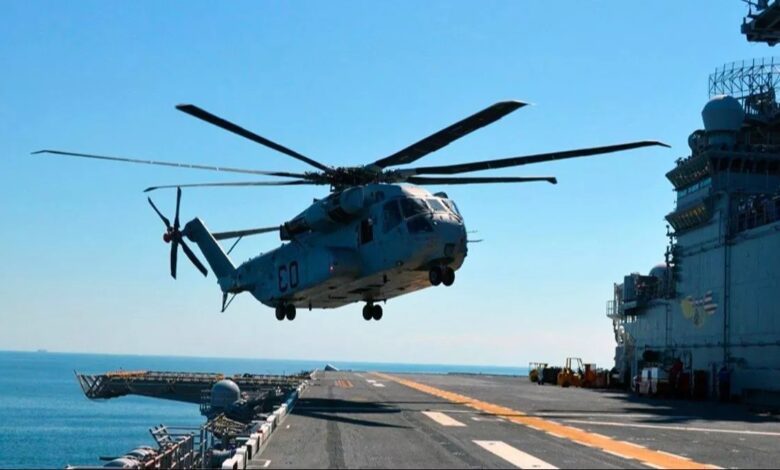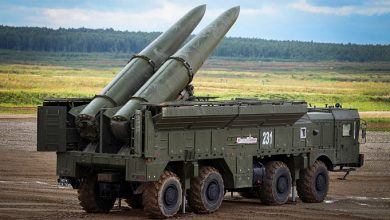US Marine Corps prepares for the new heavy-lift helicopters and avionics systems

The CH-53K King Stallion is a large cargo helicopter designed to move Marines and their equipment from Navy assault ships onto attack beaches.
Engineers at Sikorsky Aircraft Corp. in Stratford, Conn., are preparing to build new CH-53K King Stallion heavy-lift helicopters and integrated avionics systems for the U.S. Marine Corps under terms of a $35.3 million order announced Monday.
Officials of the U.S. Naval Air Systems Command at Patuxent River Naval Air Station, Md., are asking Sikorsky, a Lockheed Martin company, to procure long-lead items for lot-seven CH-53K helicopters.
Long-lead items either are difficult and time-consuming to obtain, and are funded early in the aircraft design process to keep overall production on schedule. Contracts to build the actual helicopters will come later.
The CH-53K King Stallion is a large cargo helicopter designed to replace the Marine Corps fleet of CH-53E heavy-lift helicopters to help move Marines and their equipment from ships offshore onto attack beaches. The CH-53K is a general redesign of the CH-53E.
The CH-53K sea-based, long range, helicopter is designed to provide three times the lift capability of its predecessor. The CH-53K will conduct expeditionary heavy-lift transport of armored vehicles, equipment, and personnel to support distributed operations deep inland from a sea-based center of operations, Sikorsky officials say. It can lift more than 18 tons.
The CH-53K will have new engines and cockpit avionics layout, and will have more than twice the lift capacity and combat radius of the CH-53E. A wider cargo hold to enable the new aircraft to carry a light combat vehicle internally, and will have new composite rotor blades. It will use the General Electric GE38-1B engine.
It can operate at high altitudes, hot temperatures, and in degraded visual conditions; sling load 36,000 pounds; can fly faster than 200 knots; can make 60-degree-angle bank turns; can climb to 18,500 feet above sea level; conduct 12-degree slope landings and takeoffs; and can auto-jettison external loads, and survive gunfire.
The CH-53K first flew in late 2015, and the helicopter was introduced to Marine Corps squadrons in 2018. The Marines plan to buy 227 CH-53K helicopters for about $23.3 billion.
The Raytheon Technologies Corp. Collins Aerospace segment in Cedar Rapids, Iowa, is providing the CH-53K’s avionics management system; Sanmina-SCI Corp. in San Jose, Calif., is providing the new helicopter’s intercommunications System; and Spirit AeroSystems in Wichita, Kan., is providing the CH-53 cockpit and cabin. Other major subcontractors are GKN Aerospace in Redditch, England; and Onboard Systems International in Vancouver, Wash.
Collins Aerospace is providing the company’s Common Avionics Architecture System (CAAS) for the CH-53K. The CAAS integrates several communications, navigation and mission subsystems through its Flight2 system. It uses common reusable processing elements in an open-systems architecture based on commercial standards.
The Collins Aerospace CAAS avionics initially was developed for the Special Operations Forces’ MH-47 and MH-60 helicopter fleets. In addition to the CH-53K, CAAS avionics also has been selected for the CH-47F, MH-60T, MH-65E, and VH-60N aircraft.
The Sanmina-SCI FireComm Intercommunications Control System for the CH-53K uses digital processing techniques and controls. Its system architecture uses the MIL-STD-1553 avionics data bus; the IEEE 1394b data bus; 10/100 Base-T Ethernet; and TIA/EIA-485 interface ports.
Source: The Defense Post





